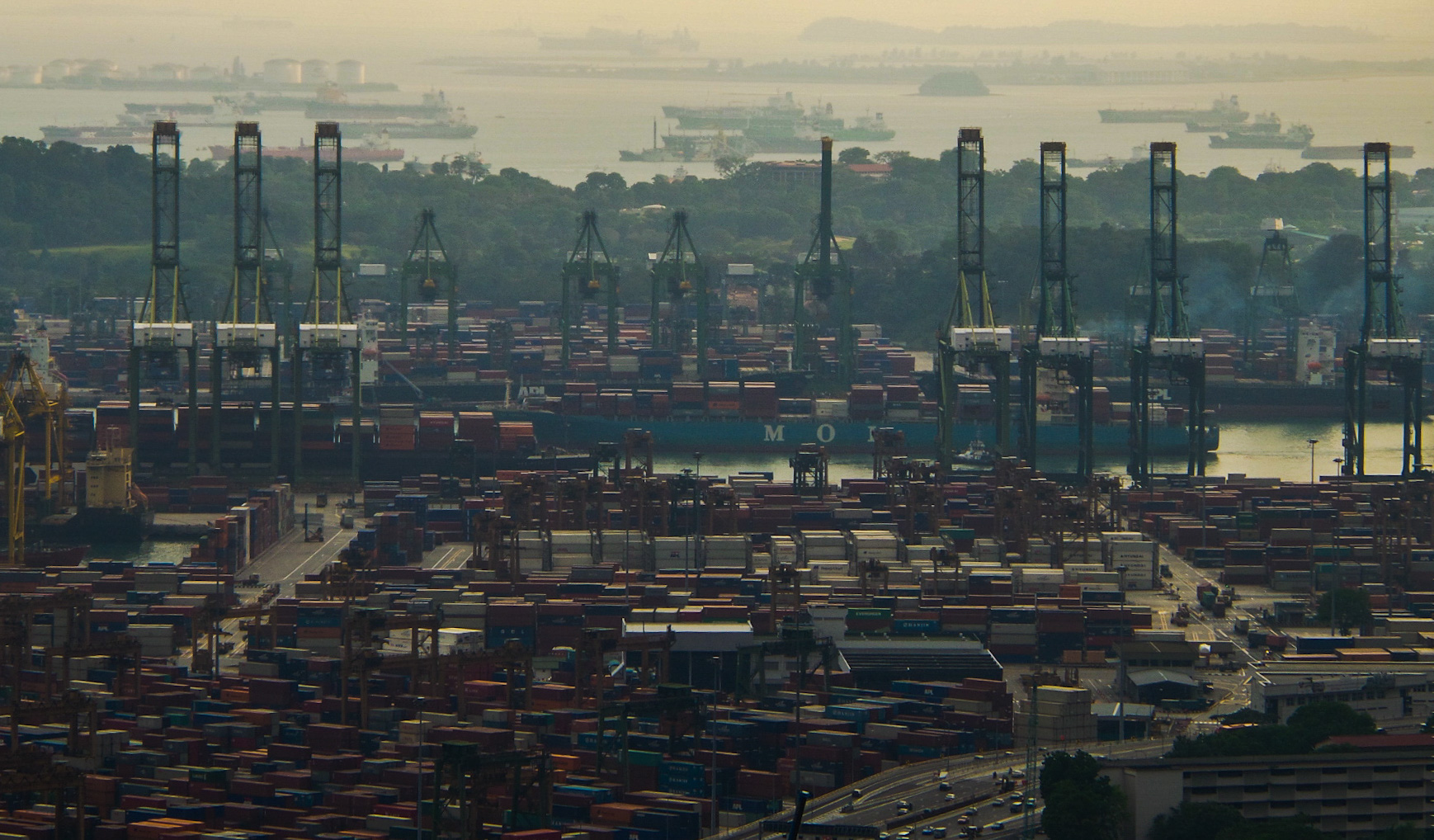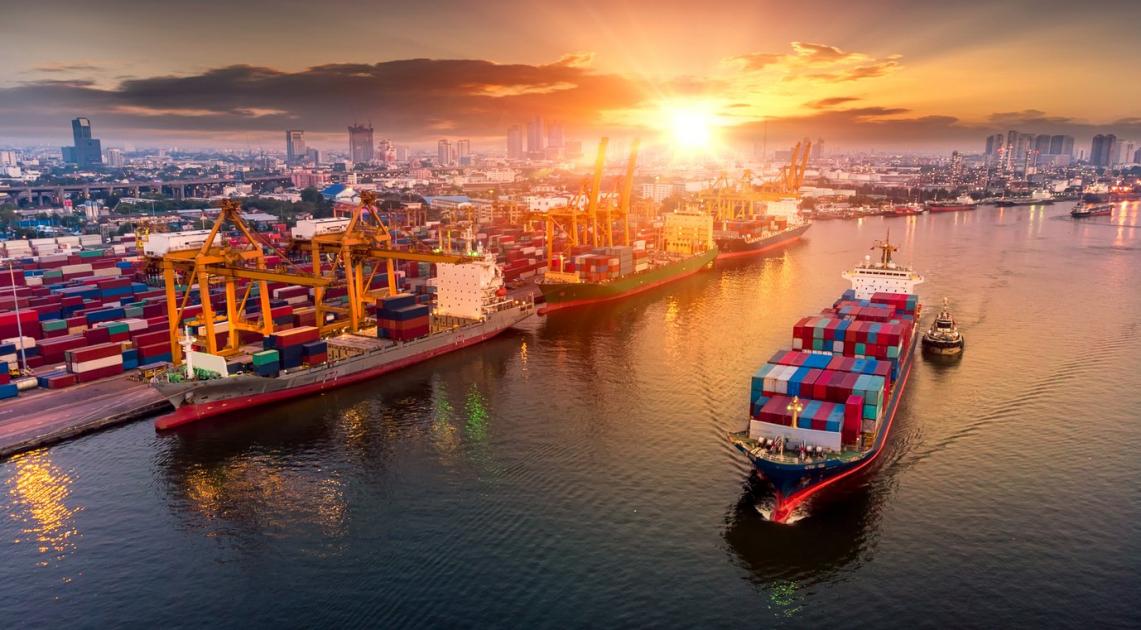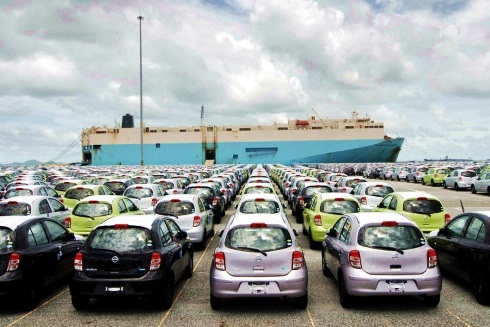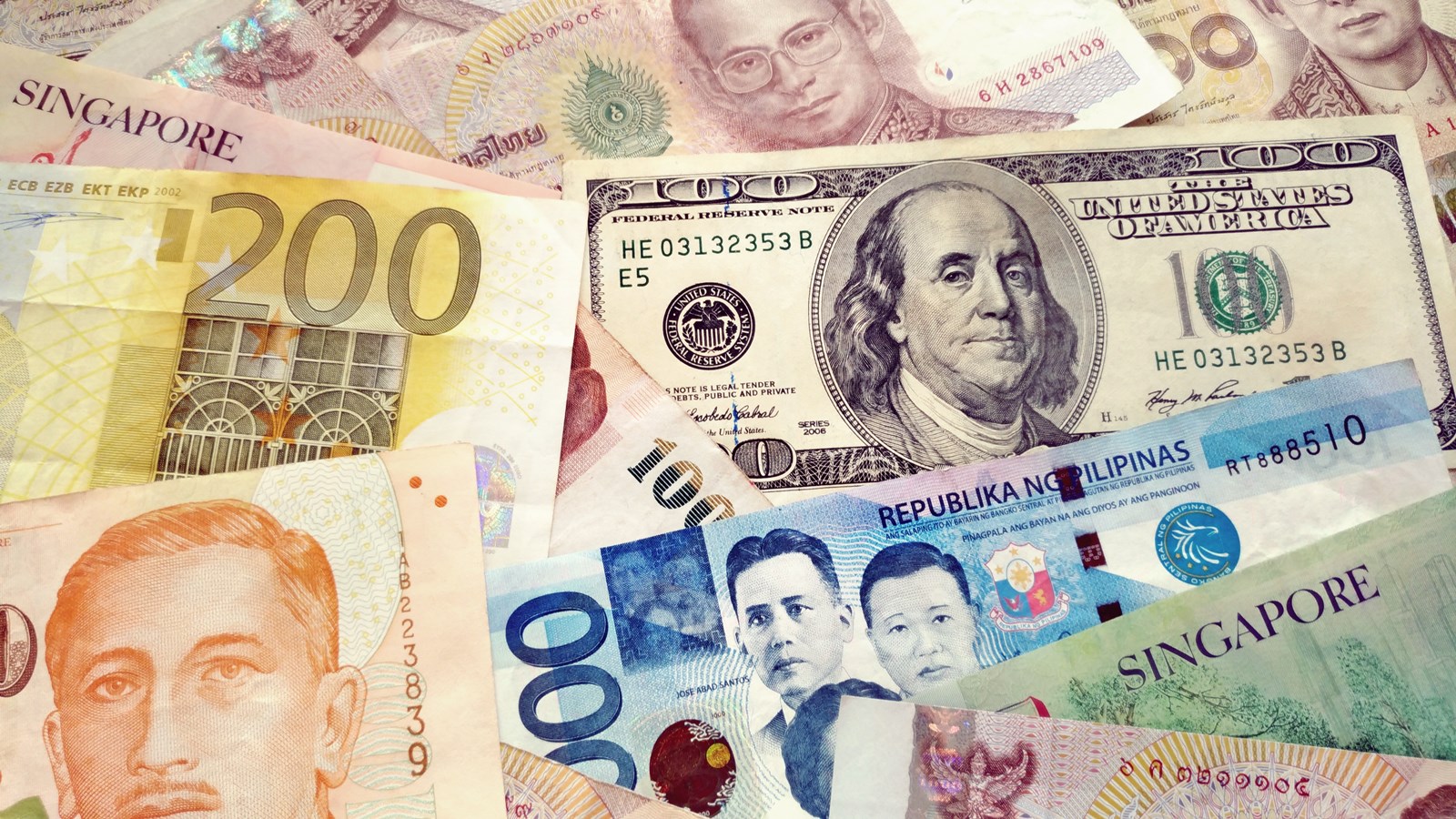Thai exports for the month of April contracted by 8 % which was far beyond expectation and constituted the lowest in six years.
Minus gold and arms exports, exports for the months of February and March which registered 10.27 and 1.37 percent growth respectively should have contracted 3.75 and 1.05 percent respectively and these should have brought the Thai exports for the first four months of the year to minus 5.36 percent instead of minus 1.24 percent.
This is a clear indication that the global economy has not recovered yet and there are still a lot of uncertainties and the risk of a major economic crisis, said Mr Nopporn Thepsittha, chairman of the TNSC (Thai National Shippers Council).
As a result of falling oil prices, the country ended 2015 with an $11.72bn trade surplus, its first in five years.
Manufacturing exports stood at $190.42bn, or 88.8% of total exports, while the BOT reports that export receipts for agriculture, of which rice and rubber comprise 60.2%, totalled $16.06bn in 2015.
Thailand’s top five exports by value in 2015 were electronics ($32.08bn), agro-manufacturing products ($25.61bn), machinery and equipment ($19.25bn), food ($14.88bn) and electrical appliances ($12.05bn).
In 2015 export revenues in these five categories reached $119.96bn, or 56% of total revenues.
Main Trading Partners
The US, China, Japan, Hong Kong and Malaysia were Thailand’s top five export markets in 2015, as the US edged ahead of China for the first time to become its largest trading partner by exports. Exports to the US hit $24.06bn in 2015, with $23.74bn going to China, $20.08bn to Japan, $11.83bn to Hong Kong and $10.19bn to Malaysia, according to BOT data.
Source: Thai exports shrank 5.36 percent for the first four months – Thai PBS English News









